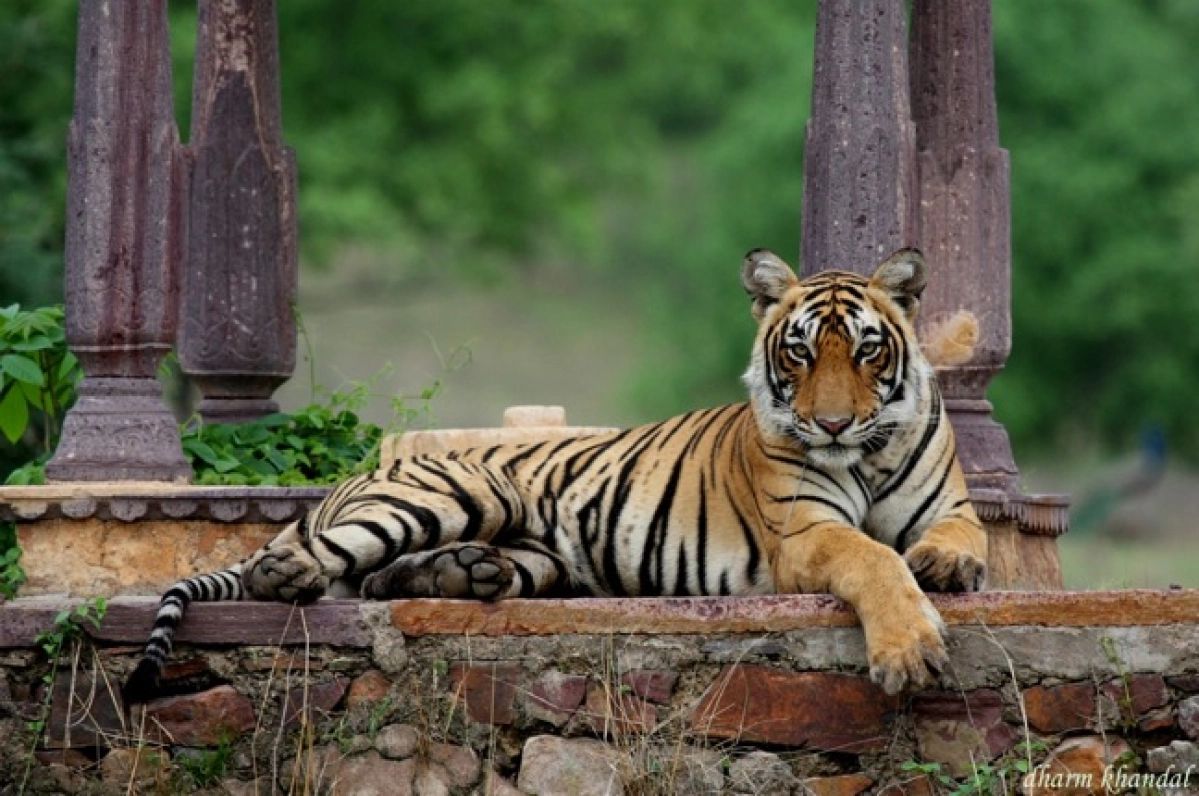International Tiger Day – Renewing our promise to save the tiger
Thu 29 Jul 2021
Today, 29th of July, is celebrated as International Tiger Day (commonly known as Global Tiger Day) – Renewing our promise to save the tiger. It marks the day the world renews its commitment to save and protect this magnificent but endangered beast of the jungle.
At the Saint Petersburg Tiger Summit, on 29th July 2010, officials from 13 tiger range countries signed create Tx2 – the global goal to double the number of wild tigers by the year 2022, one year . The agreement aimed to raise awareness about the world’s declining tiger population and to protect tigers’ natural habitat.
2021 marks the nearing of this ambitious goal. WWF offices, organisations, celebrities, government officials, families, friends and individuals around the world came together in support of the support for tiger conservation efforts and the Tx2 goal.
“Doubling tigers is about tigers,
Marco Lambertini, Director General WWF
about the whole of nature – and it’s also about us”
Reports of tiger sightings and an increase in tiger populations in tiger countries had infused excitement within the wildlife groups by 2016. In Bhutan, a wild tiger had been photographed in Bumdeling Wildlife Sanctuary (BWS) – an area where wild tigers had not been spotted in nearly two decades. Good news from Nepal followed soon after where an increase in tiger numbers was reported in Bardia National Park in the Terai Arc Landscape of Nepal. In India, which is is home to over half of the world’s wild tigers – an estimated 2,226 – local communities were encouraged to develop a stronger bond between wildlife and people.
But 2021 paints a different story on the conservation efforts. According to WWF website, wild tiger numbers are declining in all tiger range countries in mainland Southeast Asia, and it is now a near certainty that these countries will have fewer tigers than they did in 2010 – the year the global goal was set to double the world’s wild tigers by 2022.
“Tiger populations in Southeast Asia have declined at an alarming rate despite global pledges to increase numbers a decade ago. It’s not too late if urgent action is taken to resource and manage the last strongholds of Asia’s iconic big cat,” said Stuart Chapman, lead of WWF’s Tigers Alive Initiative.
“Countries such as India, Nepal, and Russia have shown that with the right interventions, tiger populations can recover, and in some cases, double over a relatively short period of time. With enough connected habitat, prey, and protection from poaching, tigers can make a comeback.”
Some of these measures have been adopted with success in other countries. India for instance is applying best practices in the management of tiger conservation areas, with the announcement today of 14 sites approved under the Conservation Assured Tiger Standards (CA|TS) – a conservation tool that sets standards to manage target species and benchmark progress. There are currently 100+ CA|TS sites globally, covering more than 70% of the global tiger population, with sites registered in Bangladesh, Bhutan, China, India, Malaysia, Nepal and Russia.”
Applaudable, no doubt, by governments and wildlife organisations in all countries but more needs to be done if we are to achieve victory in saving the tiger and its habitat.
Famous celebs and groups have taken to social media to remind the world of this promise.
Also read – Grim ‘Tiger King’ tale prompts big cat safety bill in US
International Tiger Day – Renewing our promise to save the tiger
International Tiger Day – Renewing our promise to save the tiger

 Apr 26 2024
Apr 26 2024













